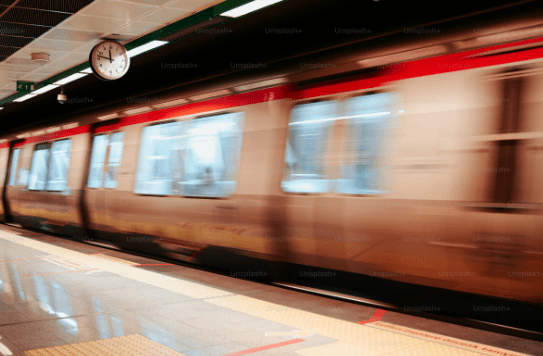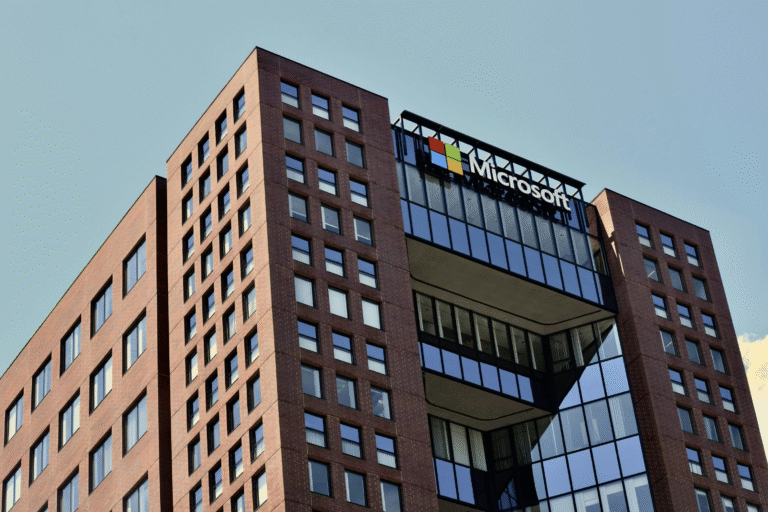Friday evening was one of disrupted travel for those in East England, with an overhead wire fiasco between Peterborough and Stevenage bringing train services to a complete standstill. Long delays left travelers stuck on trains for hours, huge queues forming for alternative transport, and train operators advising against travel due to the severe disruptions.
What was supposed to be a routine Friday evening commute or a smooth journey was turned into a travel nightmare for passengers across the East of England. An overhead wire failure between Peterborough and Stevenage blocked all lines, throwing the train services into disarray.
The Initial Shock: Stuck in Transit
Chaos erupted when passengers on the line of Thameslink and London North Eastern Railway’s (LNER) began to face unexpected delays. One of the passengers was a lady who was going from London Kings Cross to Peterborough. The lady said that her train, which normally takes little over 45 minutes, lasted more than two hours. The train halted at Stevenage, leaving the difficult choice with the passengers of either getting out to find their own taxi or simply waiting onboard.
It was not an inconvenience but a very huge disruption that had left many passengers frustrated and worried about their plans. As hours ticked by, the inconvenience increased with many people still in uncertainty as regards when, or how, they would reach destinations.
Massive Queues and Major Delays
The news about the delays quickly spread through the station, and bedlam replaced the scene at Peterborough train station. The usually orderly travel hub began to resemble massive queues as people flocked to find other means of transport. Taxis were in demand, and their line seemed endless.
One passenger described the situation as “major,” an indication of how bad the disruption was. Passengers weren’t just waiting for late trains; they were having to wait unsure about when they’d get back on track. Many did not mind a chance to exit the stranded train at Stevenage, especially since LNER crews were reported to be offering to reimburse the cost of a hotel or taxi for those getting off.
Stranded and Stressed: The Human Factor
The disruptions were much more than just a technical fault—their ramifications were very wide on the people caught in the middle. To some, this would mean having missed out on very important appointments; to others, it was being stranded far away from home with no idea of how to get back.
Frustrated passengers flocked to social media to express their anger. Aware of the growing anger, Thameslink posted this on its X account: “Services are experiencing severe delays and we are unable to run between Stevenage and Hitchin.” This, though informative, did little to ease the stress of those stuck in this nightmare situation.
The more serious issues were lack of clear communication and unclearness of what was next. For most travelers, this was the biggest trouble of all-not knowing how long they would have to stay or what other options were available.
Train Operators’ Response: A Difficult Night
At the same time, train companies were working hard behind the scenes to rectify the problem and update the stranded passengers. Teams were sent out to the location where the problem had occurred with the overhead wire to try and fix the problem as quickly as possible. By this time, though, the damage was done, and long delays had occurred.
Both Thameslink and LNER asked people not to travel, saying if residents could, stay put. This was sensible advice but cold comfort to those already well on their journeys. Operators vowed to keep passengers updated, but the information trickling through was scant consolation to those whose plans were left in disarray.
Looking Back: Lessons for the Future
This incident has again brought to the fore how our transport systems can be crippled in an instant. Overhead wires—a critical part of the rail network—can cause massive headaches when they fail. For the passengers caught in this latest disruption, it was a salient reminder of how something as quick and mundane as a journey can suddenly become a major headache.
As the evening went on, some passengers eventually reached their destinations, though much later than planned. Others took up LNER’s offer of hotel stays or taxis to find alternative accommodations for the night. The problem was eventually solved but not before very genuine inconvenience and stress had been caused to many.
Way Forward: The Need for Better Communication
The clear lesson learned from the experience is that, in such disruptions, there is an evident need for better communication. While technical faults can and do occur, real-time communication with passengers is indispensable. In this case, the lack of clear information only added to the confusion, frustration, and aggravation of making a bad situation even worse.
For now, trains are back on the rails, and life goes on. But for the hundreds caught in the middle of Friday’s chaos, it was a commute they will soon not forget. And a reminder to rail operators to be ready for anything that may come their way.









